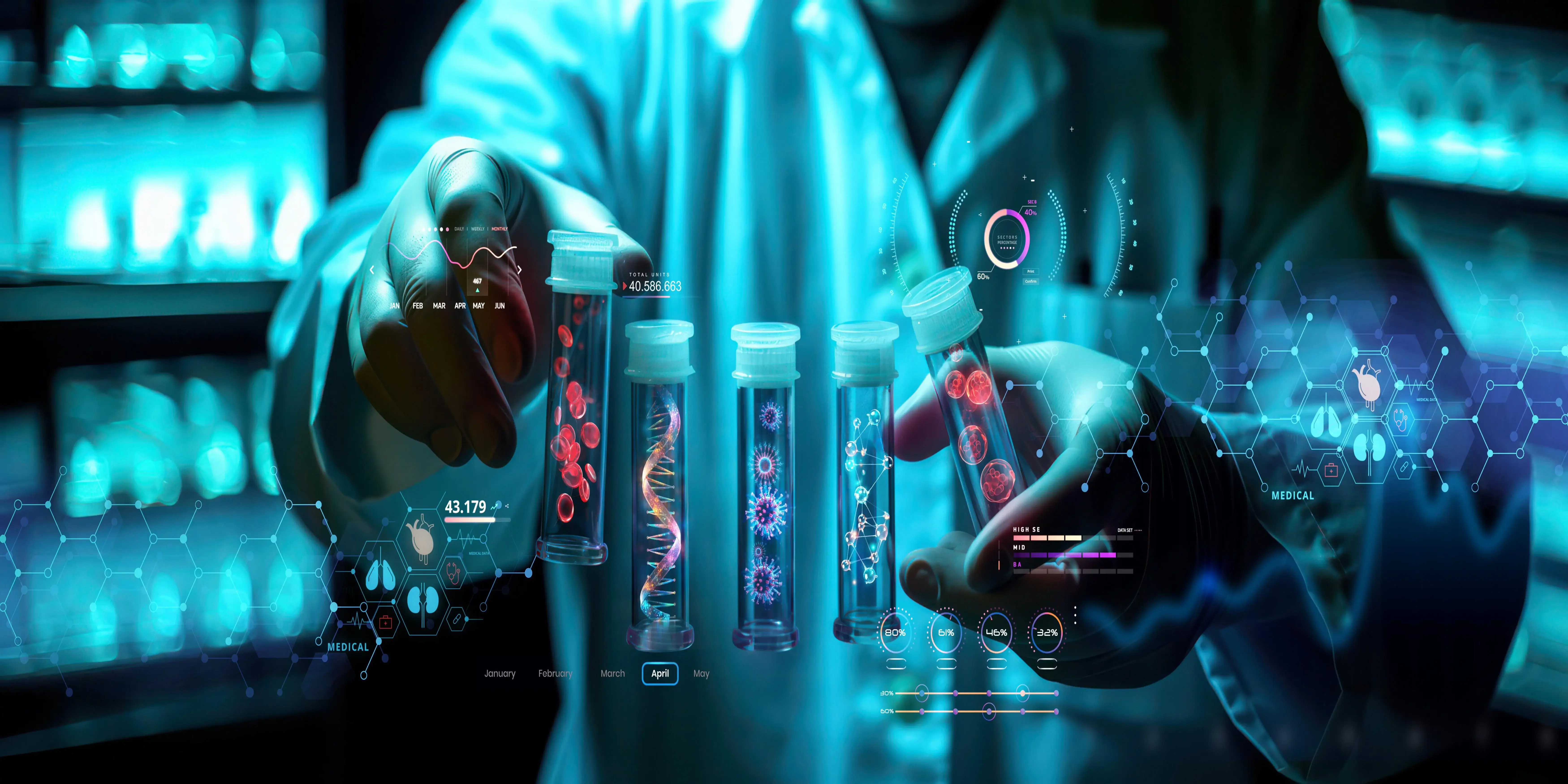Blood collection could be described as an integral component of modern-day diagnostic procedures and treatments. Whether it occurs at scheduled times-for example, regular tests, transfusions, or investigations-proper blood collection will always ensure the right result for the patient and health personnel. That is why this paper walks through step-by-step details of collecting blood, its steps, and methods together with what is crucially important-its best practices concerning effectiveness and reliability in the sphere of health.
What is Blood Collection
Blood drawing, which is also referred to as phlebotomy, is the process of getting blood from a vein. This is mainly done for purposes of sending it to the laboratory for some other medical intervention or some various laboratory tests. Sometimes this process is essential for diagnosis, treatment monitoring, and some other donations.
Why Blood Collection is Important
Blood tests give one all the information a person needs to know about his health, such as blood sugar levels, cholesterol level, how all the organs are working, and if there are infections or diseases. Without proper blood collection, the whole process of diagnosis and follow-up of the case would be less viable.
Common Uses Of Collected Blood
Much of the blood collected is used in diagnostic procedures, transfusion, or for performing medical researches, and sometimes it's used as a form of treatment to treat specific diseases such as plasma or platelet therapy.
Types of Blood Collection Procedures
It includes the two main techniques of blood sampling procedures venipuncture, capillary sampling, arterial blood collection. All are utilized for particular purposes as well as for patients conditions.
The Blood Collection Process
Site Selection
Venipuncture is the most applied technique in the whole procedure of blood collection, and this is mainly practiced where by obtaining blood from a vein, and commonly from arms or hands. The procedure is usually carried out by means of a needle; it is applied to collect relatively larger volumes of blood.
Capillary Sampling
The procedure involved in capillary sampling is taking blood from an infant's fingertip or heel. In testing for small-volume volume samples, for example, glucose levels of blood in the body, the technique is applied. It is far less invasive compared to most sampling techniques but limits the volume that can be aspirated.
Arterial Blood Collection
It is used in a blood gas analysis. The process would require sampling of the blood from the artery. The latter is somehow technical and is only carried out for specific purposes of medication, as in an oxygenating and/or critically ill patient with monitoring the levels and pH in the arterial system.
How Is Blood Collection Practiced Step by Step
Preparation of Equipment and Materials
Patient identification is confirmation to assure that the right tests are conducted on the right patient. Initially, it should be verified with the patient via patient's verification of the name and date of birth of the patient in test request form or medical order.
Apply the tourniquet and locate the vein
The tourniquet ties up the limb of the patient. This will give restricted blood flow and thus there will be more bulging of veins. A good vein shall now be palpated on the inner side of the elbow which most probably shall be punctured.
Insertion of the Needle and Collection of Blood
Once you locate the vein, clean the area with an alcohol swab and insert the needle. Collect blood in a collection tube or syringe; remove tourniquet. Once you collect the amount of blood you want to collect, then remove the needle and apply pressure to the site.
Best Practices for Blood Collection
For safety to be upheld in a patient, reducing errors together with ensuring the integrity of the sample collected best practice should be observed in blood collection.
Appropriate Equipments
The collection of blood will not be interfered with and be prepared for examination when the right size of needle, sterile gloves, and collection tubes correctly labeled are appropriately used.
Proper Positioning of the Patient
Positioning a patient comfortably or getting them to lie down will surely ensure that such a procedure will not likely induce dizziness or pain. Good provider-patient communication, as well helps alleviate the anxiety.
Labels and Handling Need to be Correct
It should be rightly labeled specimen, using proper patient information so as not to err in its test findings. The transported blood that was drawn should also be taken to the laboratory in a proper manner without coagulation and contamination.
Conclusion
The procedure of blood collection itself is a very important practice within the fraternity of medicine, as it has crucial steps involved in it which end up playing a crucial role in diagnosing and treating various conditions. Strict observation of standardized methods for collection can assure safe and accurate tests on samples of blood further going into better patient care and outcomes. That is, strict adherence to protocols, proper communication with the patients, and proper equipment-all are the difference in the procedure for collecting blood, integral to modern healthcare.



